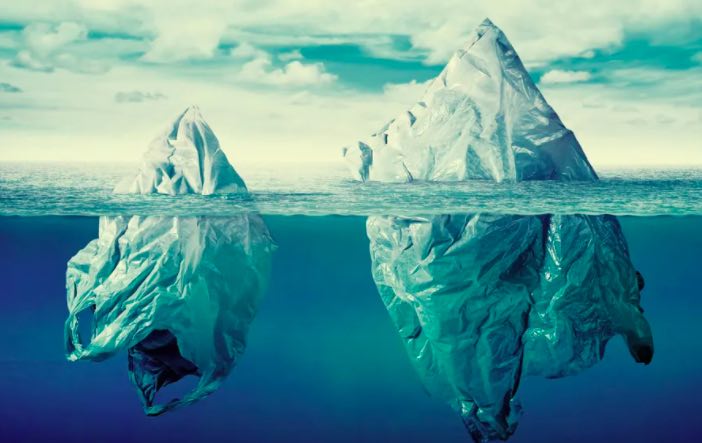
Fae Saulenas knows that before long she’ll have to abandon the place she’s called home for decades. Nestled by a coastal wetland north of Boston called the Rumney Marsh Reservation, her house is a short walk from the Atlantic Ocean. In recent years, thanks in part to the climate emergency, king tides and storm surges have flooded her property. Saulenas has made peace with the fact that one day the floods will force her to leave.
But across the marsh from her sits the Wheelabrator landfill, an ever-growing pile of ash created by the landfill’s incinerator, which burns all the waste collected from the town of Saugus and its surrounding communities. For Saulenas, the knowledge that the same rising sea that will swallow her home will begin eroding that half-million-ton, 140-acre toxic ash stew disturbs the peace she’s made. Not only will she be forced to move inland, but the wetland that she loves—and that, since 1988, has been classified by the Massachusetts Department of Environmental Protection (DEP) as an “area of critical environmental concern”—will be poisoned.
The landfill “was supposed to close 25 years ago,” she says, “but last November 1, they were granted another provisional five-year permit to keep dumping another 500,000 tons of incinerator trash—100,000 tons a year!”
Wheelabrator has no plan to remove what will end up being 1 million tons of ash, according to Chris Kilian, vice president of strategic litigation with the New Hampshire–based Conservation Law Foundation (CLF), which unsuccessfully fought the permit extension. “When its incinerator finally is shut down, the landfill will remain,” he says, “and will inevitably be breached by rising seas.” Wheelabrator did not respond to requests for comment…
As the toxic ash pollutes the marshes near Saulenas’s home, it will destroy an important habitat for migratory and breeding birds and other terrestrial wildlife and will damage an important nursery for commercial and ecologically important fish.

Leaking landfills that pollute wetlands, whether they hold incinerator ash known to be contaminated with the highly toxic chemical dioxin or rotting garbage and miscellaneous wastes, are the last thing that already-stressed sea life needs as it confronts a host of other environmental stressors and crises, including rising water temperatures, depleted oxygen levels, ocean acidification, and a withering food chain. In this way, the story of the Wheelabrator landfill and the Rumney Marsh it abuts is sadly not unique….
For the rest of this article, which appears in the Nation Magazine, please go to: https://www.thenation.com/article/environment/coastal-landfill-climate-change/
